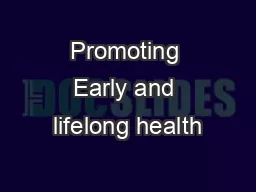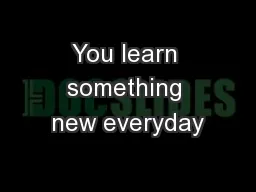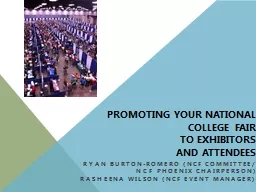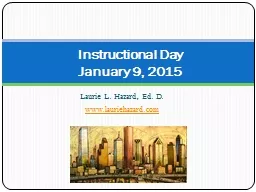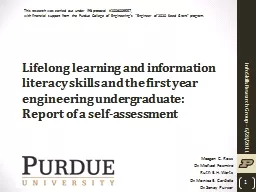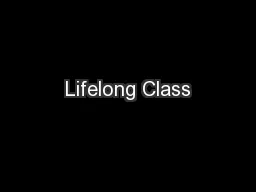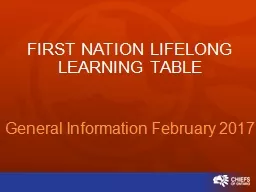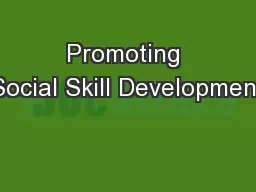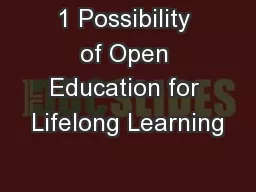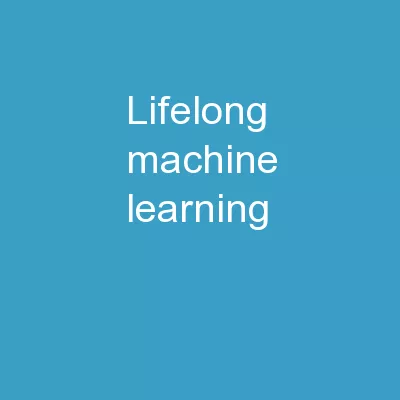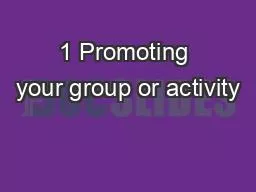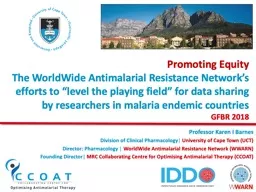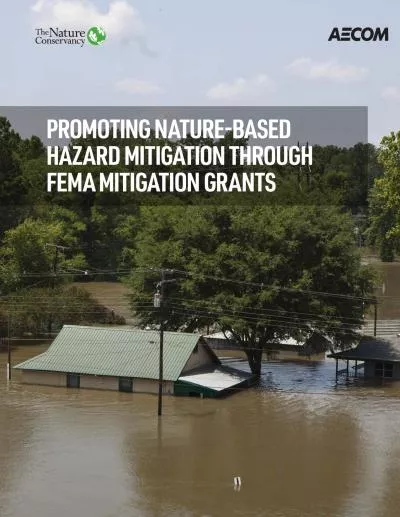PPT-Promoting Early and lifelong health
Author : min-jolicoeur | Published Date : 2016-06-24
The problem of Adverse Childhood Experiences and the promis e of resilience High Level Review of Potential Areas of Focus for a Child Health Services Research and
Presentation Embed Code
Download Presentation
Download Presentation The PPT/PDF document "Promoting Early and lifelong health" is the property of its rightful owner. Permission is granted to download and print the materials on this website for personal, non-commercial use only, and to display it on your personal computer provided you do not modify the materials and that you retain all copyright notices contained in the materials. By downloading content from our website, you accept the terms of this agreement.
Promoting Early and lifelong health: Transcript
Download Rules Of Document
"Promoting Early and lifelong health"The content belongs to its owner. You may download and print it for personal use, without modification, and keep all copyright notices. By downloading, you agree to these terms.
Related Documents

